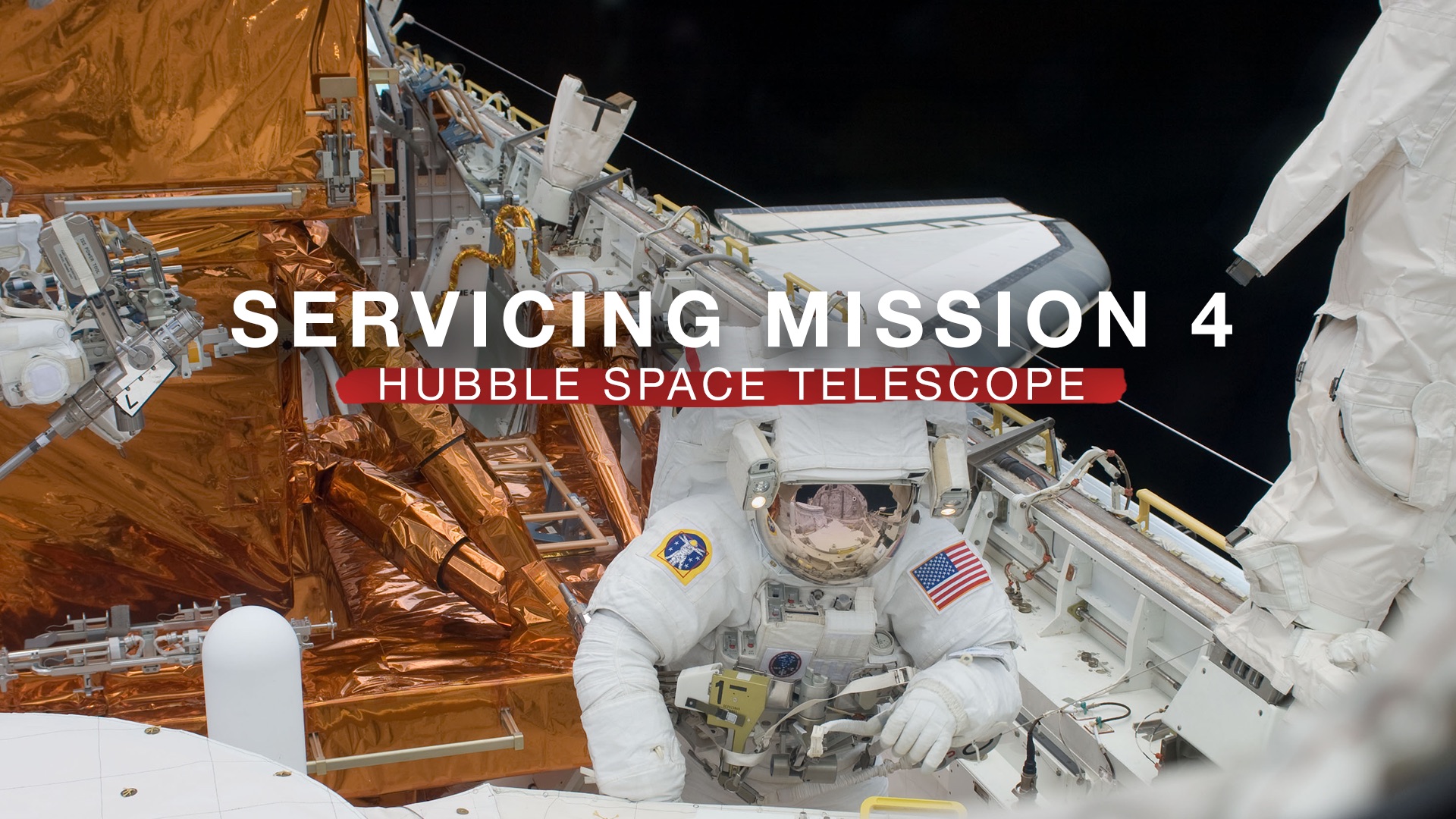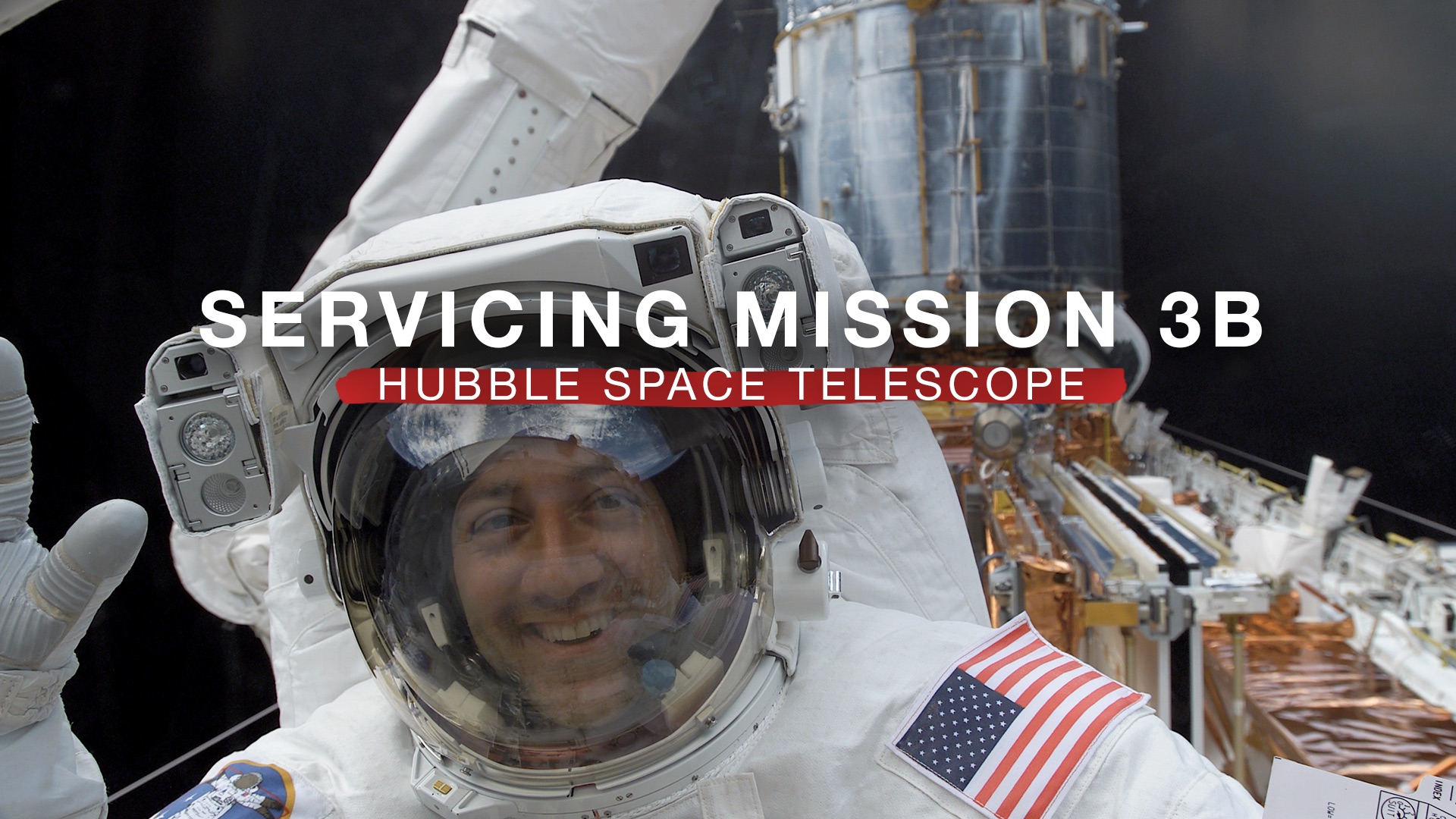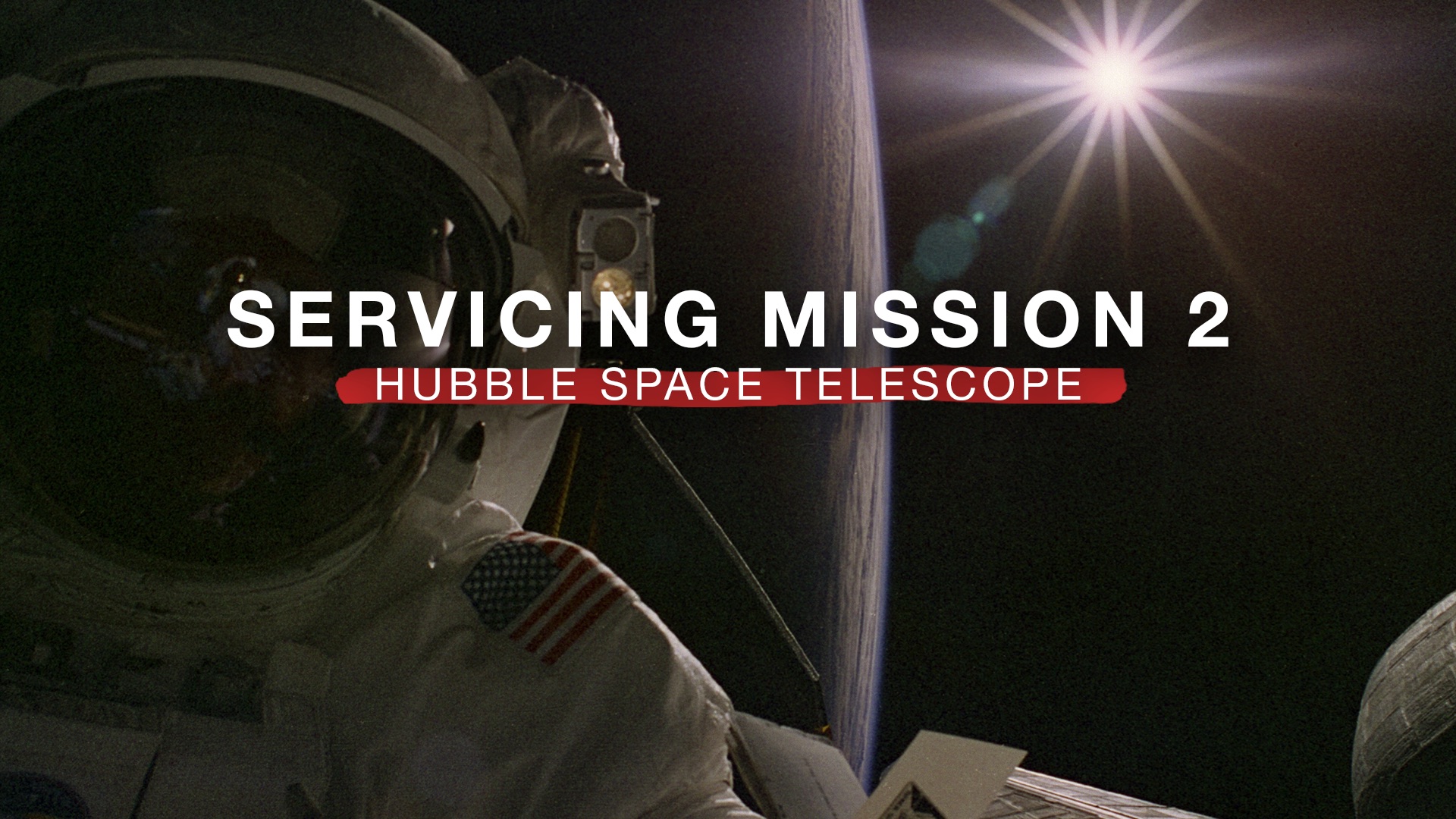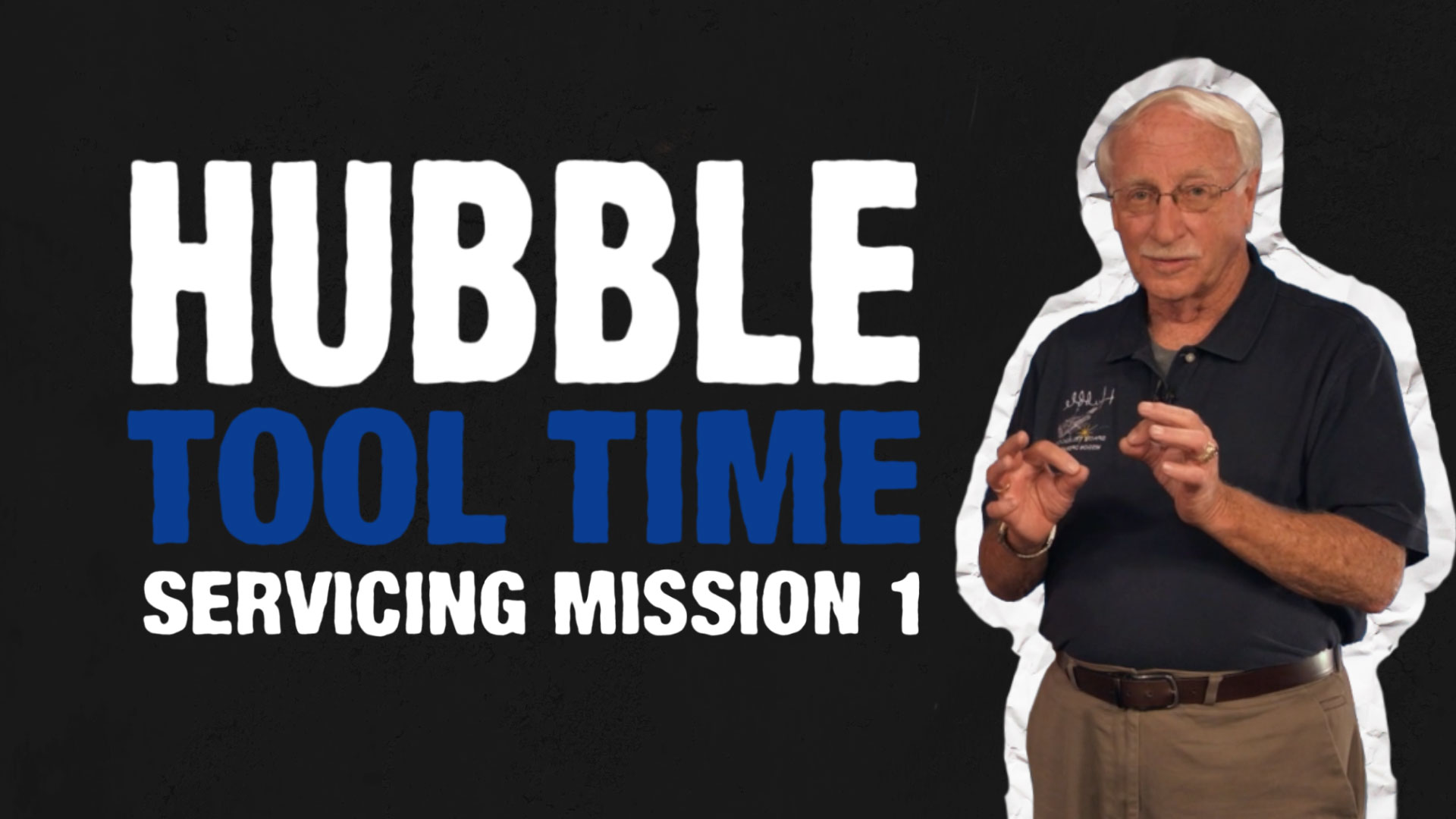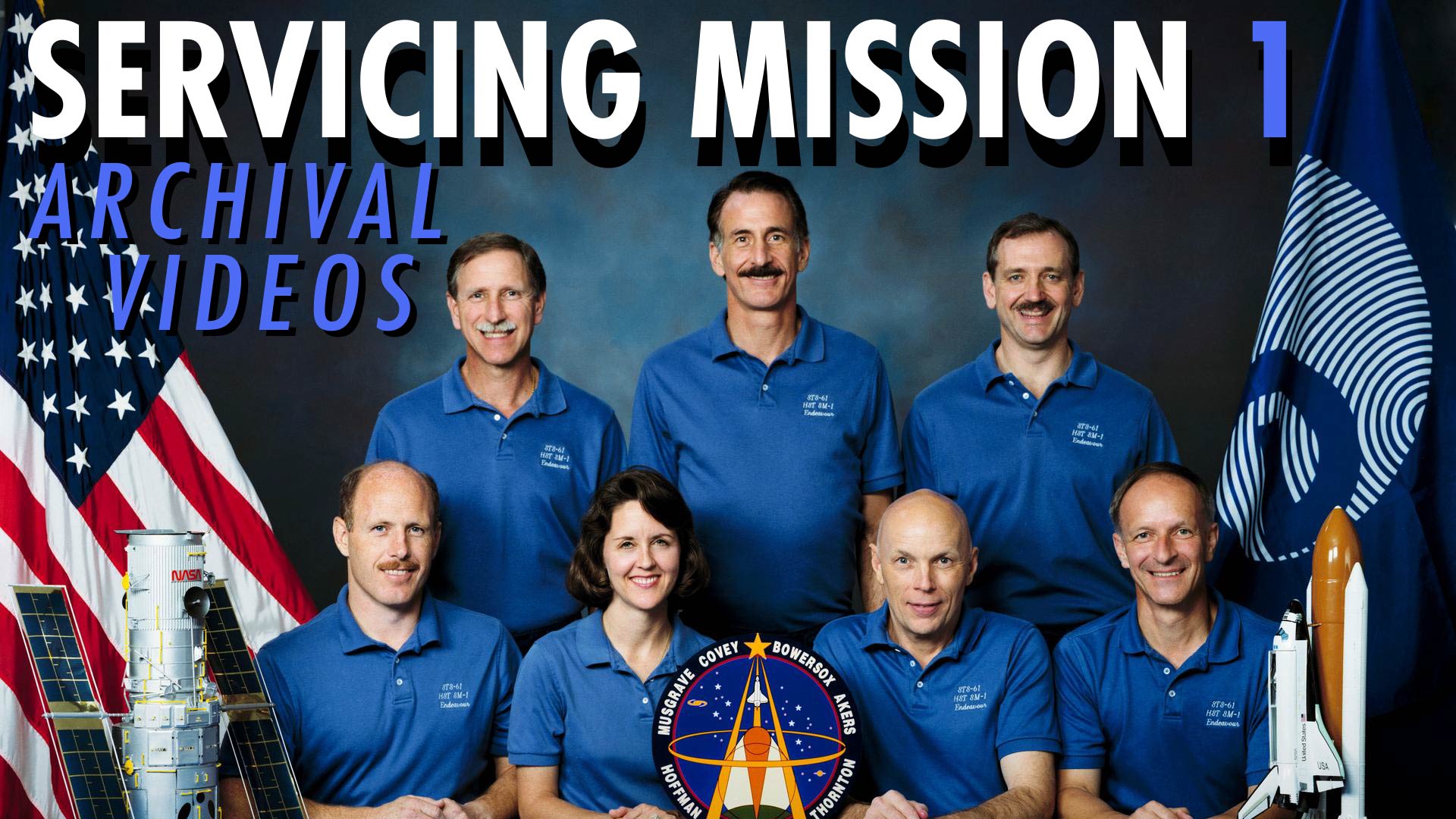Hubble’s Servicing Mission 1
Shortly after the Hubble Space Telescope was deployed in 1990, the observatory's primary mirror was discovered to have an aberration that affected the clarity of the telescope's early images.
Fortunately, Hubble, orbiting 353 miles (569 km) above the surface of the Earth, was the first telescope designed to be visited in space by astronauts to perform repairs, replace parts, and update its technology with new instruments.
Servicing Mission 1, launched in December 1993, was the first opportunity to conduct planned maintenance on the telescope. In addition, new instruments were installed and the optics of the flaw in Hubble's primary mirror was corrected.
For more information, visit https://nasa.gov/hubble.
Music Credits:
"Sleep Patterns" by Oliver Worth [PRS] via Atmosphere Music Ltd [PRS] and Universal Production Music.
"Tides" by Ben Niblett [PRS], and Jon Cotton [PRS] via Atmosphere Music Ltd [PRS] and Universal Production Music.
"Mirrored Cubes" by Laurent Dury [SACEM] via Koka Media [SACEM], Universal Publishing Production Music France [SACEM] and Universal Production Music.
"Natural Time Cycles by Laurent Dury [SACEM] via Koka Media [SACEM], Universal Publishing Production Music France [SACEM] and Universal Production Music.
Motion Graphics Template Media Credits:
Lower Thirds Auto Self Resizing by cayman via Motion Array
Master Version
Horizontal version. This is for use on any YouTube or non-YouTube platform where you want to display the video horizontally.
Vertical Version
This vertical version of the episode is for IGTV or Snapchat. The IGTV episode can be pulled into Instagram Stories and the regular Instagram feed.
Credits
Please give credit for this item to:
NASA's Goddard Space Flight Center
-
Producer
- Grace Weikert (GSFC Interns)
-
Editor
- Grace Weikert (GSFC Interns)
-
Narrator
- Grace Weikert (GSFC Interns)
-
Support
- Paul R. Morris (USRA)
-
Technical support
- Aaron E. Lepsch (ADNET Systems, Inc.)
Release date
This page was originally published on Wednesday, December 2, 2020.
This page was last updated on Wednesday, May 3, 2023 at 1:44 PM EDT.
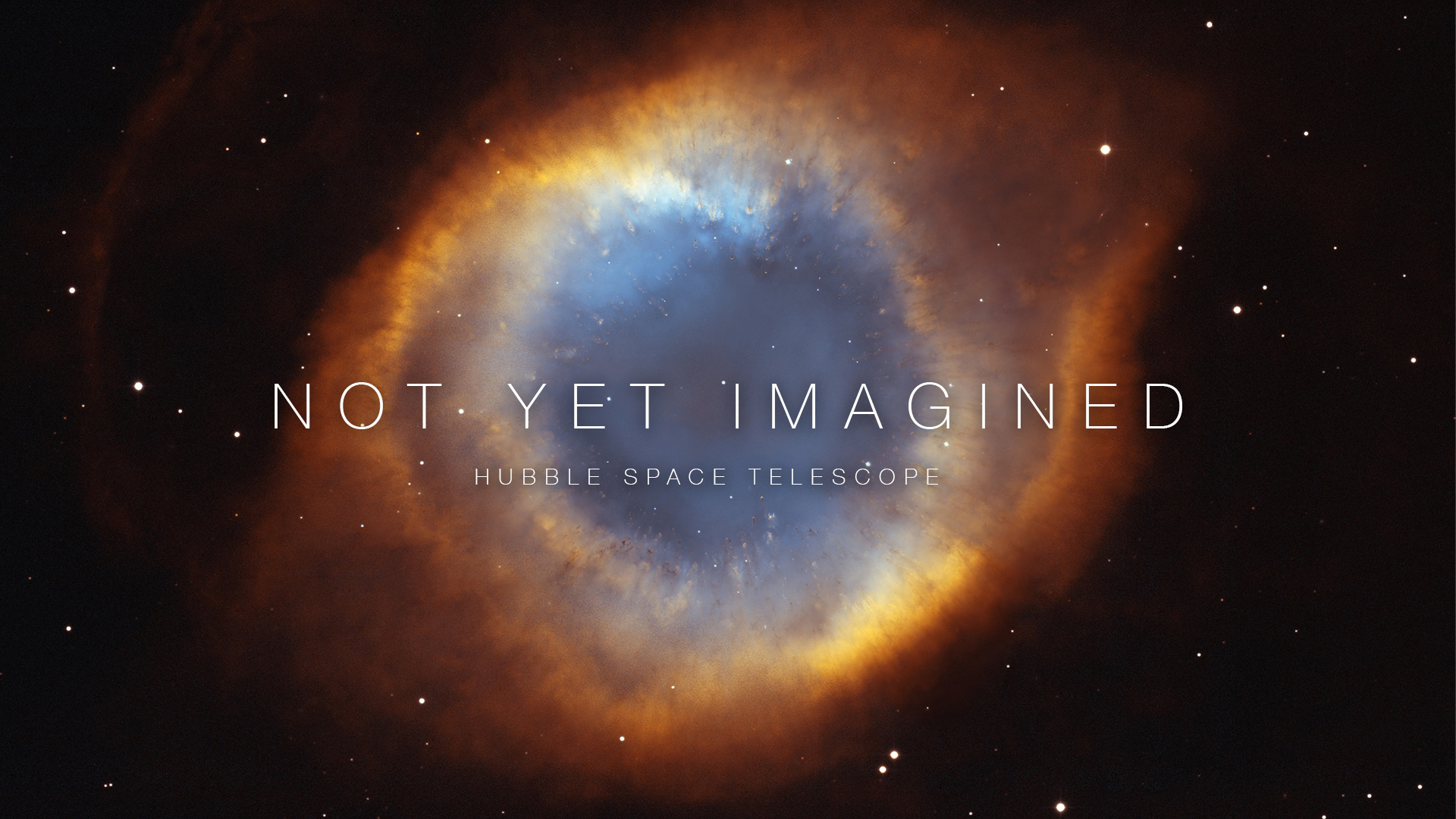
![Video for Servicing Mission 1“Building Downtown” by John Blease [PRS] via Abbey Road Masters [PRS] and Universal Production Music](/vis/a010000/a014100/a014114/SM1_REEL_WIDE_PRINT.jpg)
